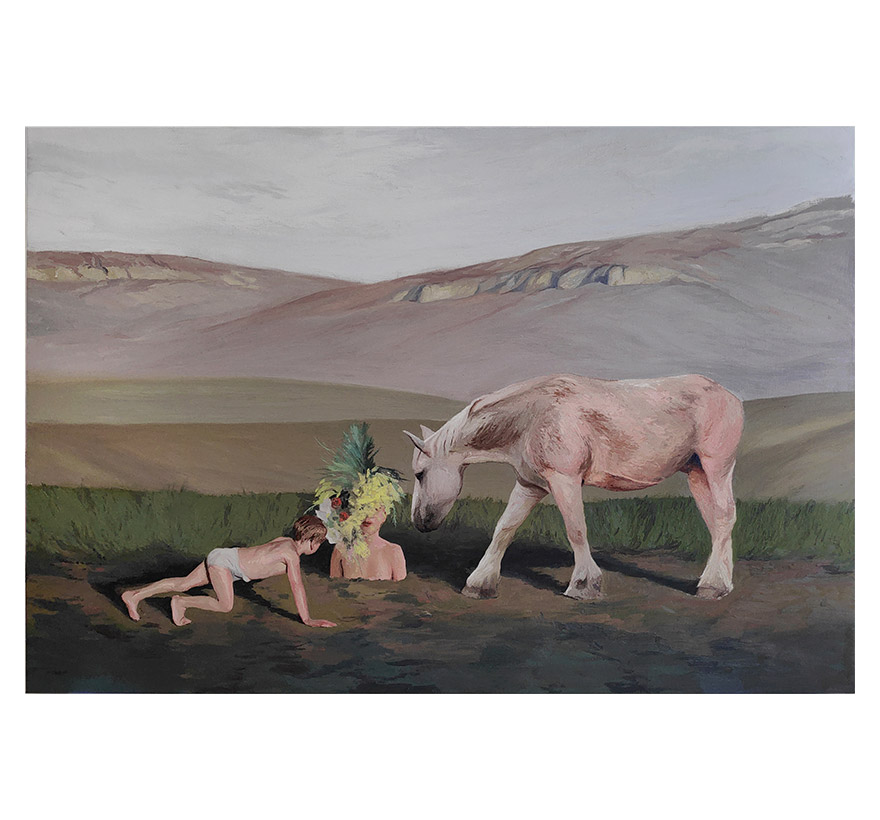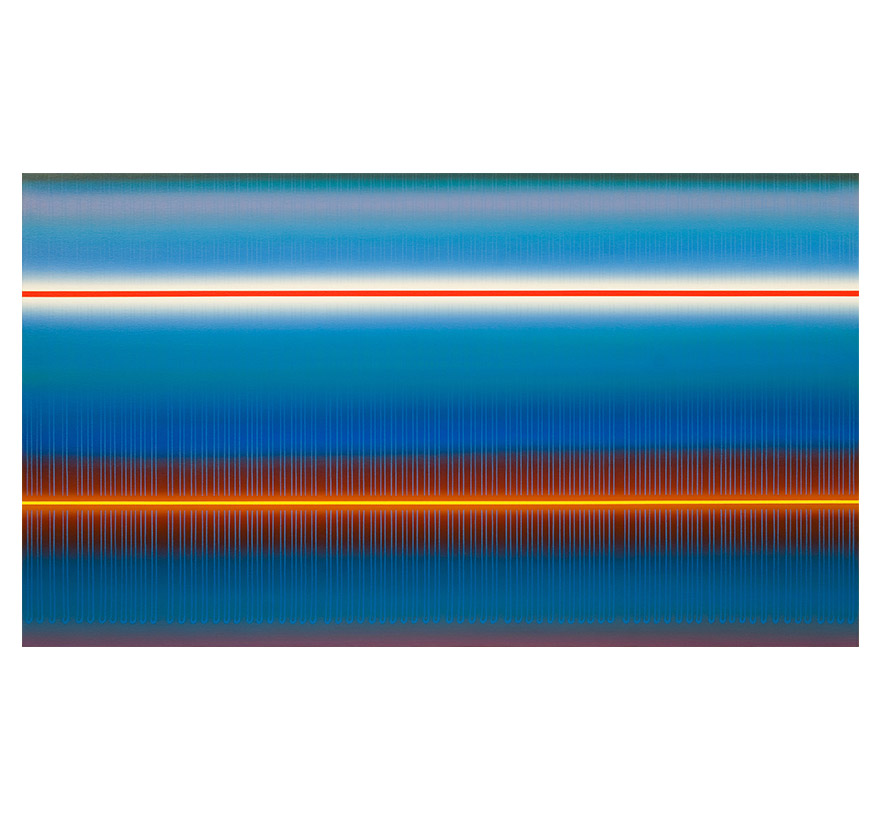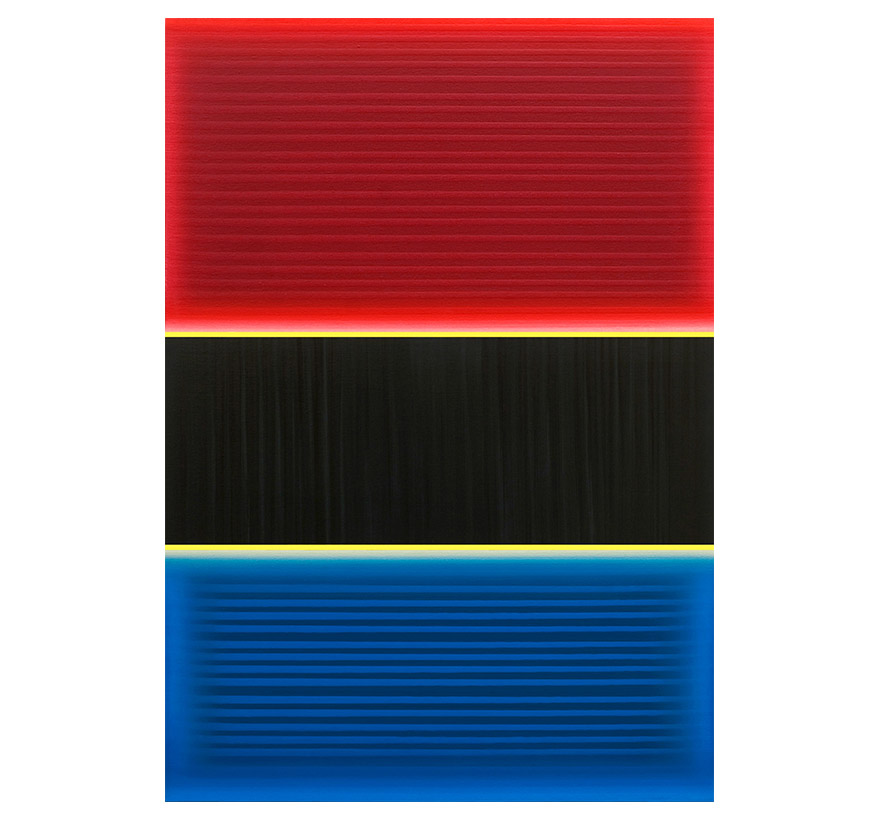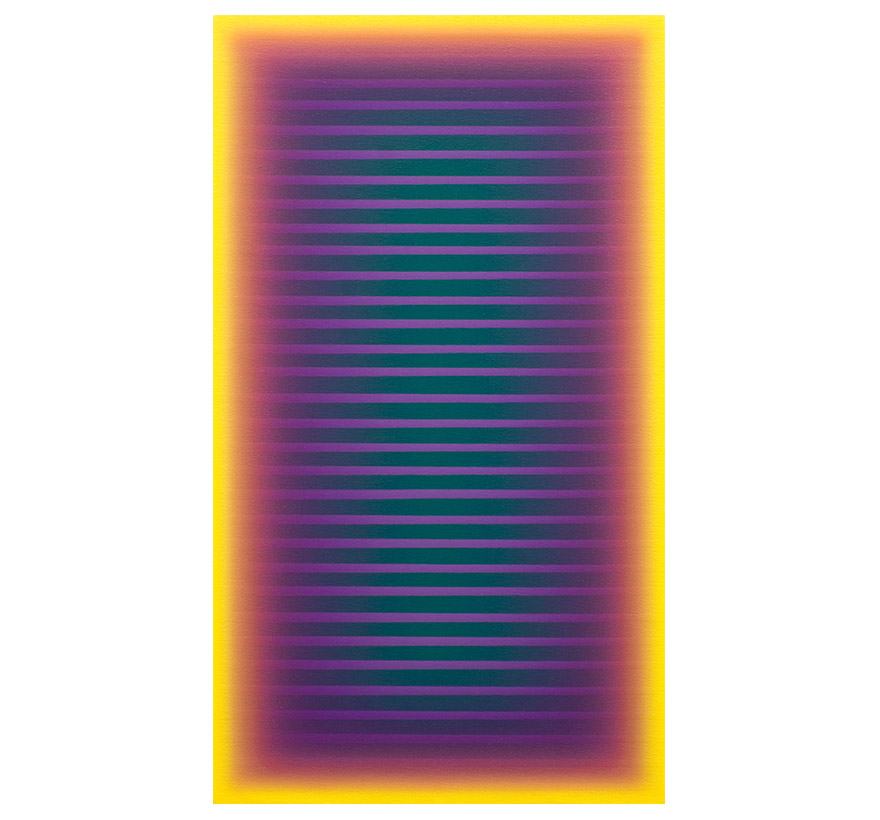Javier’s paintings abound in non-places, bare fields, plateaus where the human soul is reduced to a minimum expression. Hence, his protagonists work, play and exist without giving an answer to the reasons that have led them to such places. The decontextualization is important, since it evidences the features that give character to the work, whether it is the elimination of the costume codes or the addition of objects and attitudes of necessary disparity. Javier’s painting is a dialogue on human relationships, of small personal stories that converse with universal macro-structures. It is in this passage between the mundane and the sublime where Javier stops time and gets down to work. In this world in transition he enjoys a broad perspective on the ideas that precede him and those he wishes to achieve.
From there, his experience says the rest. He creates a lively snapshot, natural in its colors, faithful in its forms where the portrayed also experience that transition. Some exhibit civilized attitudes, socially transcendent, while others remain at an early but no less sophisticated stage. It could be said that these works are grateful to the exhibition format. Each piece participates in the old artistic game of creating a window into another reality. It also establishes a dialogic relationship with the wall that houses them, in which we glimpse Javier’s experience as a muralist. All of Javier’s previous experiences show up at some point in his works, giving richness to the whole. This is a good sign, since we are dealing with a young artist from whom we have yet to enjoy more risk and evolution.





